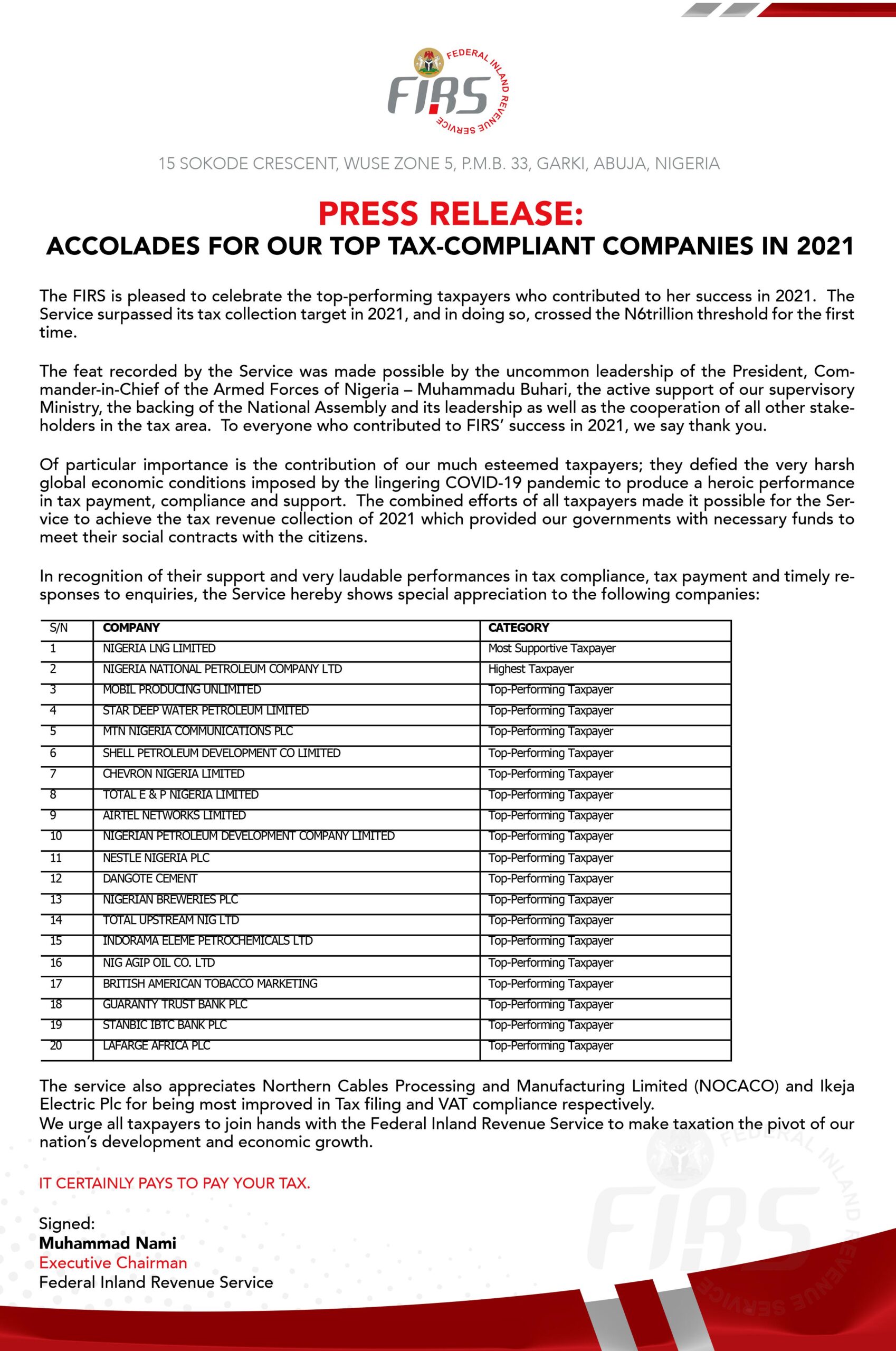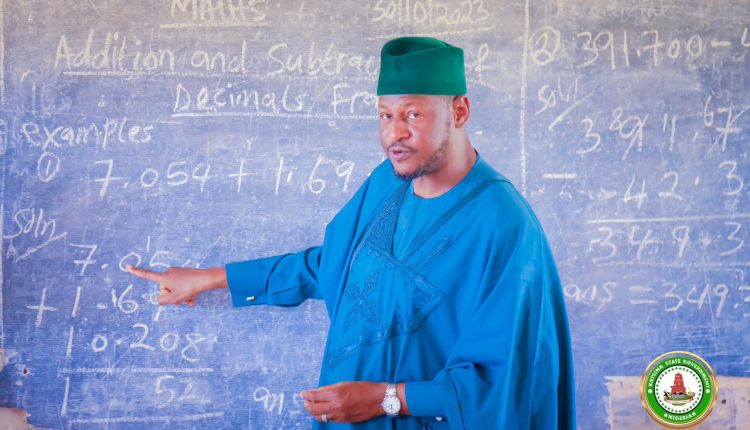From classroom to Muhammadu Buhari Government House: How Governor Radda teaching roots earned him NUT Golden Award of Excellence for Education, Teacher Friendliness
|
Getting your Trinity Audio player ready...
|
By Ibrahim Kaula Mohammed
Great leaders are remembered not only for policies but for their understanding of the people they serve. For His Excellency, Malam Dikko Umaru Radda, Executive Governor of Katsina State, this understanding comes from years spent in the classroom as a teacher and proud member of the Nigeria Union of Teachers (NUT).
On World Teachers’ Day 2025, at Eagle Square, Abuja today, the National Leadership of the Nigeria Union of Teachers, NUT will confer on Governor Radda with the prestigious Golden Award of Excellence for Education and Teacher Friendliness, recognizing his lifelong commitment to teachers and education reform.
Governor Radda journey began in classrooms, guiding students, managing lessons, and navigating the challenges teachers face daily from overcrowded classrooms to limited resources. This firsthand experience has shaped every major reform his administration has undertaken, ensuring that teachers are at the center of education policy in Katsina State.
Since assuming office, Governor Radda has transformed the state’s education sector. Over 7,000 teachers have been recruited for basic and secondary schools, filling critical manpower gaps, while an additional 2,000 teachers were deployed to strengthen staffing in both urban and rural communities, ensuring that no child is left behind.
Through the Adolescent Girls Initiative for Learning and Empowerment (AGILE) Project, 2,230 qualified teachers were deployed to newly established schools to ensure they opened with capable staff. Training has been a key focus: more than 18,000 teachers have received instruction in modern pedagogy, classroom management, and digital literacy. Specialized programs reached 5,400 teachers in inclusive and gender-sensitive teaching, 460 teachers in digital and remote learning, and 1,200 teachers in adolescent girls’ protection and health safety creating safe, supportive, and empowering learning environments.
Leadership and management skills have also been emphasized. A total of 250 teachers and 50 principals were trained in English proficiency and school administration, while 100 teachers from Katsina’s 34 LGAs participated in a Master Trainer Programme on digital teaching, equipping them to mentor colleagues statewide. For subject-specific excellence, the Mathematics Improvement Project (MIP) organized workshops to strengthen the teaching of mathematics. Competency tests for principals and vice principals, along with the revitalized Teacher Information Management System (TMIS), have strengthened accountability, teacher tracking, and effective deployment.
To ensure accurate planning and evaluation, the Annual School Census 2025 was flagged off, with EMIS officers fully trained, and 54 tablets were provided to quality assurance officers to support school monitoring and assessment.
Infrastructure has also been a critical part of this transformation. More than 200 classrooms have been renovated or newly constructed, prioritizing rural and underserved communities. A total of 150 schools were rehabilitated, while three modern model schools are under construction in Musawa (Jikamshi), Daura (Dumurkul), and Charanci (Radda town is about to completion). Over ₦1.2 billion worth of classroom furniture, including 955 teacher desks, has been distributed. Science laboratories and ICT centres have been upgraded, and 20,000 tablets were deployed to promote digital learning.
Governor Radda has expanded access to quality education through strategic initiatives. He commissioned a school renovated by the Oando Foundation, inaugurated 75 secondary schools under the World Bank AGILE initiative, and provided ₦30 million worth of Home Economics materials and sports equipment to 24 secondary schools. Scholarships and enrollment drives have benefited over 15,000 girls, while schools for children with disabilities were rehabilitated and equipped with modern learning aids. The School Feeding Programme now reaches over 200,000 pupils daily, improving nutrition, attendance, and learning outcomes.
International partnerships have further strengthened Katsina’s education sector. Through the EU UNESCO Teacher Capacity Building and Resilience Programme, teachers gained exposure to global best practices. These reforms contributed to Katsina State being recognized as the best-performing state under the BESDA-AF TESS Project, receiving the highest allocation of $12.18 million (₦18.7 billion) from the Federal Government.
Despite the demands of governance, Governor Radda continues to maintain his identity as a teacher. He regularly visits schools, inspects facilities, and occasionally steps into classrooms to teach, demonstrating that leadership in education must be lived and experienced, not just legislated.
Through his teaching roots, empathy, and visionary leadership, Governor Radda has transformed Katsina’s education system. His story from classroom to Government House demonstrates how personal experience can shape reforms that uplift teachers and students alike, making Katsina a model of educational excellence in Northern Nigeria.
Mohammed is the Chief Press Secretary to the Governor, Katsina State



Comments are closed, but trackbacks and pingbacks are open.